TOPIC
Digital Asset Management
Dive into the world of Digital Asset Management (DAM) and discover how effective systems can transform how you manage, store, and retrieve your digital assets.
From enhanced metadata management to real-world case studies, learn how DAM tools streamline workflows, improve productivity, and boost collaboration across teams.
Explore the latest strategies and tools that help organizations maximize the value of their content.
Introduction
In today’s digital-first landscape, businesses handle a growing amount of content—from marketing assets to product images and videos. Managing these digital files efficiently has become a critical challenge. This is where Digital Asset Management (DAM) comes into play, offering a centralized solution for organizing, storing, and sharing digital assets.
Digital Asset Management (DAM) systems streamline workflows, increase productivity, and ensure that your teams can quickly access the content they need. But how exactly does DAM work? And how can it revolutionize your company's operations?
Here, we’ll explore how DAM integrates with workflows, enhances team collaboration, and drives efficiency across your organization. Whether you're a marketing professional, creative director, or IT manager, this guide will give you the insights needed to harness the power of DAM for your digital transformation journey.
Digital Asset Management (DAM) systems streamline workflows, increase productivity, and ensure that your teams can quickly access the content they need. But how exactly does DAM work? And how can it revolutionize your company's operations?
Here, we’ll explore how DAM integrates with workflows, enhances team collaboration, and drives efficiency across your organization. Whether you're a marketing professional, creative director, or IT manager, this guide will give you the insights needed to harness the power of DAM for your digital transformation journey.
Navigation
Global DAM Market Now Over US$7 Bn as Adoption Accelerates
AUGUST 2025
The global Digital Asset Management market is firmly into growth gear in 2025—with estimates ranging between US$6.5 to US$7.3 billion, depending on the source, reflecting a solid double-digit CAGR in the low to mid teens.
From enhanced metadata management to real-world case studies, learn how DAM tools streamline workflows, improve productivity, and boost collaboration across teams.
$7.6 bn
Global DAM market size in 2025
$22 bn+
Projected growth to DAM market by 2029
$2.7 bn
Total U.S. DAM market in 2024
$10 bn
Projected U.S. DAM market in 2033
66%
Customer DAM AI adoption, pilots in process in 2025
64%
Customer DAMs hosted in the cloud vs on-premise in 2025
What is Digital Asset Management (DAM)?
Digital Asset Management (DAM) is a technology solution that allows organizations to store, organize, retrieve, and share digital assets such as images, videos, documents, and other multimedia files.
At its core, DAM centralizes all these assets in one platform, ensuring that teams across departments can access the files they need in a structured and secure manner.
A DAM platform serves as the "single source of truth" for managing brand assets, improving collaboration across marketing, creative, and technical teams. It also eliminates the inefficiencies that arise when assets are scattered across multiple tools, folders, or locations.
The Highlights
Implementing DAM allows businesses to
Centralize Asset Storage
For easier access and retrieval, creating a single source of truth.
Ensure Compliance
With industry standards, brand standards and legal requirements.
Drive Productivity
By reducing time spent on manual asset management tasks.
The Key Benefits of Implementing a DAM System
Organizations across industries are adopting DAM systems for their immense benefits. Here are some of the key advantages:
Centralized Storage
All digital assets are stored in one location, making it easy for teams to find what they need.
Improved Collaboration
Marketing, creative, and technical teams can work together more effectively with quick access to shared assets.
Increased Efficiency
By automating workflows and removing redundant tasks, DAM systems save time and boost productivity.
Asset Version Control
Teams can track changes, edits, and updates to files without confusion, ensuring brand consistency.
Enhanced Asset Security
Role-based permissions ensure that only authorized users can access sensitive or important assets.
Challenges and Considerations When Implementing DAM
While DAM brings numerous benefits, it also comes with challenges that organizations must consider before implementation
Customization Needs
Every business has unique asset management needs, requiring some degree of system customization.
Change Management
Introducing a new DAM system often involves changing how teams work, which can face resistance.
Integration Complexity
For organizations with complex tech stacks, integrating DAM with existing systems like CMS, CRM, or ERP can be challenging.
To address these challenges, businesses should prioritize user training and involve key stakeholders early in the selection and implementation process. Successful adoption hinges on how well the system aligns with team workflows and business objectives.
How AI Enhances Digital Asset Management
The integration of artificial intelligence (AI) into DAM systems is changing the game by introducing new ways to manage, tag, and retrieve assets. AI-powered features allow users to automatically tag images and videos with relevant metadata, improving searchability and reducing manual labor.
Moreover, AI can help in predicting the assets that teams are most likely to need based on previous behavior, further streamlining workflows. Some advanced AI tools can even automate processes such as content repurposing or resizing assets for various digital channels.
Best Practices for DAM Implementation
To maximize the value of your DAM system, we recomend you follow these industry recognized best practices:
Identify Key Stakeholders Early
Engage cross-functional teams like marketing, IT, and creative to ensure the DAM system fits everyone’s needs.
Prioritize User Training
A well-trained team is essential for successful DAM adoption. Provide role-based training for contributors, consumers, and administrators.
Ensure Scalability
As your digital asset library grows, ensure your DAM system can scale and handle increasing storage needs.
Leverage Metadata
Establish clear guidelines for tagging and categorizing assets to ensure that they are easily searchable.
Monitor Usage & Optimize
Regularly review how your teams are using the system and make adjustments to improve workflow efficiencies.
Digital Asset Management is more than just a tool—it's a key enabler of efficient workflows and enhanced collaboration across teams.
By centralizing assets, streamlining access, and incorporating AI-driven automation, DAM systems allow organizations to save time, reduce costs, and ensure brand consistency across all digital platforms.
If you’re ready to take control of your digital assets, consider how a DAM solution could transform your business. For more insights into maximizing the benefits of DAM, be sure to explore our related resources and guides below.
Faq
Frequently Asked Questions
What is Digital Asset Management (DAM)?
Digital Asset Management (DAM) is the practice of storing, organizing, and distributing digital content such as images, videos, documents, and design files. A DAM system provides a central repository with metadata and search capabilities so teams can easily find, use, and share assets without duplication or wasted effort.Why do organizations invest in DAM?
Companies adopt DAM to improve efficiency, reduce content chaos, and speed up time-to-market. By centralizing assets, organizations can ensure brand consistency, cut costs associated with recreating lost files, and empower teams across regions or departments to access the same, up-to-date content.What types of assets can a DAM system manage?
DAM platforms handle a wide range of digital content, including photos, graphics, logos, videos, audio files, PDFs, presentations, 3D models, and even marketing copy. Many systems also support version control and rights management, making them suitable for industries with compliance or licensing needs.Who typically uses DAM systems?
DAM tools serve multiple roles:
Marketers use them to manage campaigns and brand assets.
Creative teams rely on them to organize and reuse design files.
IT and operations teams maintain governance, security, and integrations.
Executives and stakeholders use DAM for reporting and strategic oversight.
In short, any group that creates, manages, or distributes digital content can benefit.How does DAM improve ROI?
Research shows companies that implement DAM see measurable benefits such as:
Faster asset retrieval (reducing wasted employee hours).
Improved collaboration across geographies.
Reduced duplicate work by ensuring one source of truth.
Revenue gains through shorter time-to-market.
Overall, DAM can save millions annually for large organizations while driving brand growth.What trends are shaping the DAM industry in 2025?
Current trends include the rise of AI-driven auto-tagging and search, increasing reliance on cloud-based solutions, and integration with workflow and content supply chain tools. These advancements are helping DAM evolve from a static library into a dynamic, intelligent platform that actively supports personalization, automation, and customer experience strategies.
DAM Guides
Click here to explore our in-depth Guides—step-by-step walkthroughs designed to help you master DAM, AI, integrations, and workflow optimization.
DAM Articles
Click here to dive into our latest Articles—insightful reads that unpack trends, strategies, and real-world applications across the digital asset world.
DAM Resources
Click here to access our practical Resources—including tools, checklists, and templates you can put to work immediately in your DAM practice.




